Affiliate disclosure: This post may contain affiliate links. Please see our Privacy Policy.
Squirrel has been called the ultimate ethical meat, and this tasty little animal just keeps on giving. In the late fall and early winter, squirrels pack on the extra pounds to take them through until spring. All that extra fat is perfect for all manner of recipes, provided you can render it into neutral squirrel lard.
Plus, the idea of making a tasty hazelnut cookie out of squirrel fat is just too good to pass up…
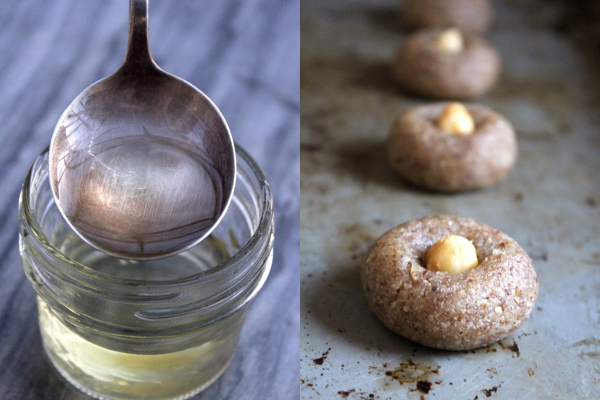
Though squirrel has fallen a bit out of favor in our modern diets, it’s still delicious and plentiful. Instead of buying another package of feedlot beef, it’s much more sustainable to pick up a .22 and spend some quality time in the woods, then get to work testing out squirrel recipes.
Now you’re thinking to yourself, how much fat can a squirrel possibly have? A lot more than you’d think. Here’s the fat from the visceral cavity of a grey squirrel, and there was plenty more to harvest on the outside too.
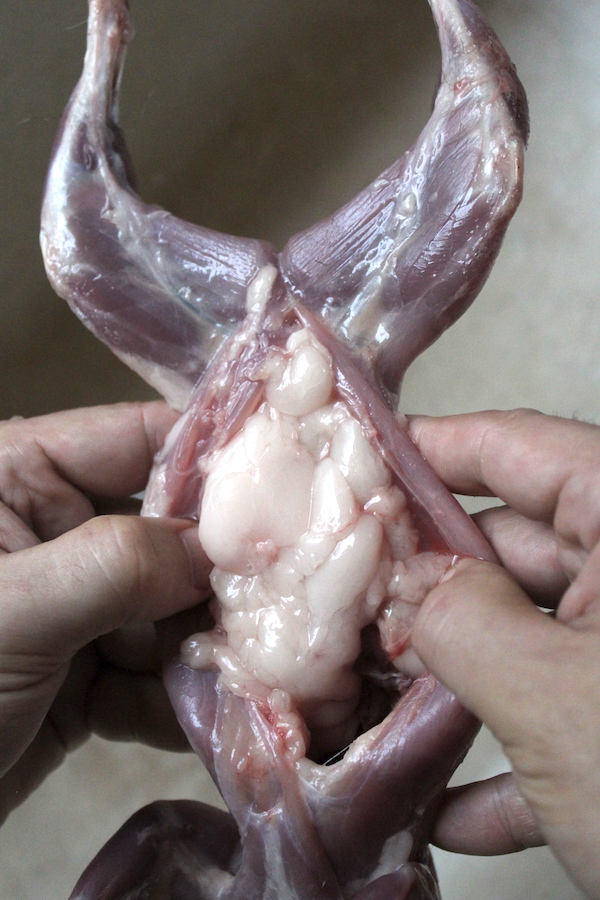
I came across an article in Modern Farmer titled, New Years Resolution: Eat More Squirrel and I just had to click through. The author talks about how squirrel is a sustainable meat source, but the main thing that caught my eye was the description of rendered squirrel fat:
“Rendered squirrel fat has a relatively low melting point and is a wonderful oil to work with, adding soft nutty undertones to the dish. If you ever harvest a nice plump squirrel or two, you would be doing yourself a great favor by rendering the fat. To render, simply place 3 to 4 ounces of fat in a small sauté pan with 2 tablespoons water. Slowly fry the fat tissue until it is crispy like well-done bacon. The water will have evaporated and you can pour the liquid fat into a sealable plastic bag and freeze for up to 9 months. You can break small pieces of the frozen fat off for use, while saving the rest.”
Well alrighty then. Time to try my hand at rendering squirrel fat.
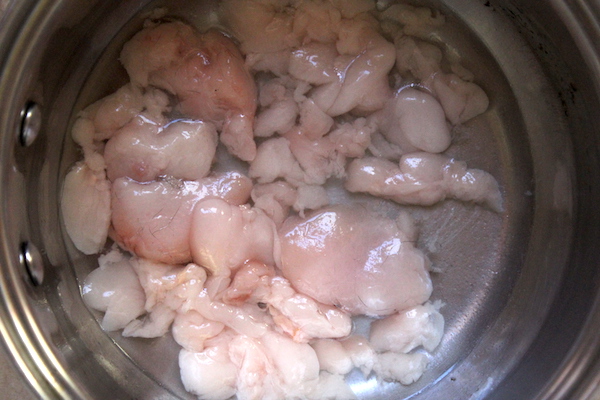
When I think of wild game fat, I think of deer fat which is usually quite gamey. Squirrel meat doesn’t have that gamey smell or taste though, and for the most part, it tastes a lot like dark meat chicken. I had high hopes that rendered squirrel fat would be just as neutral and a great source of wild-harvested oil for cooking.
On our next squirrel, I took extra care to extract all the squirrel fat from the body cavity, removing even the smallest bit of meat so the fat would render without meaty flavor infusing into it, the same way you’d prepare for making high-quality leaf lard from pork.
I added a bit of water to the pan and used the lowest heat possible and the squirrel fat rendered out into a clear liquid. A fine mesh strainer filters out the last bits of fried gristle, leaving a neutral clear cooking oil.
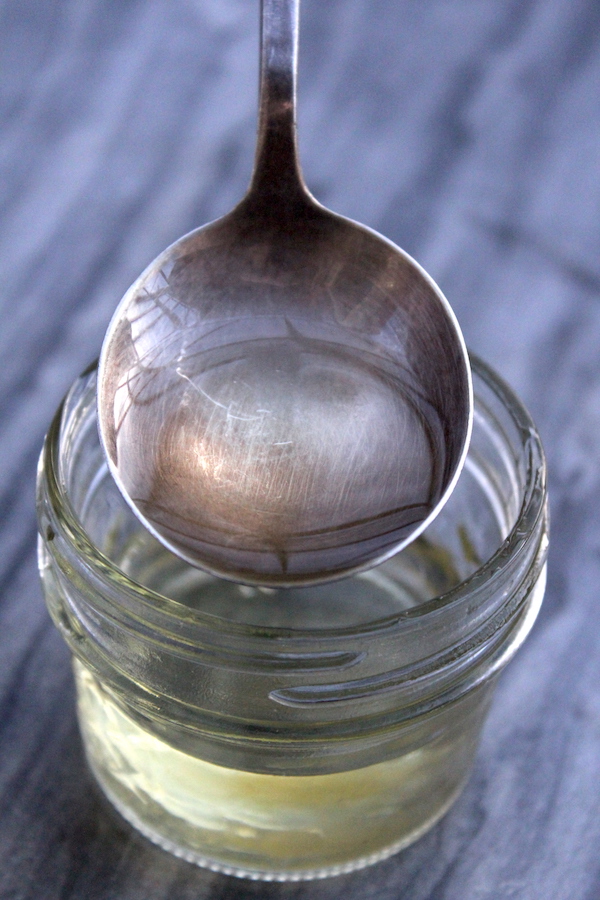
My initial hope was that the squirrel “lard” would solidify so that I could make a batch of wild foraged cookies with a bit of nut flour and some quail eggs. The resulting rendered fat wasn’t exactly lard, and it was a thin liquid instead of a heavy solid spoonable lard.
Nonetheless, I was really proud of my tiny jar of squirrel fat, about 5 ounces from a single squirrel.
I sealed up the little jar and went off to plan how to use it. It only took a few seconds for my almost 2-year-old to steal it off the counter and run around the room shaking it wildly.
I got to learn just how much I value the gift that little squirrel gave me as I chased my son yelling, “No! Put that down, that’s mama’s special squirrel fat.” Nonetheless, a good story to tell the little guy when he’s older and has shot his first squirrel.
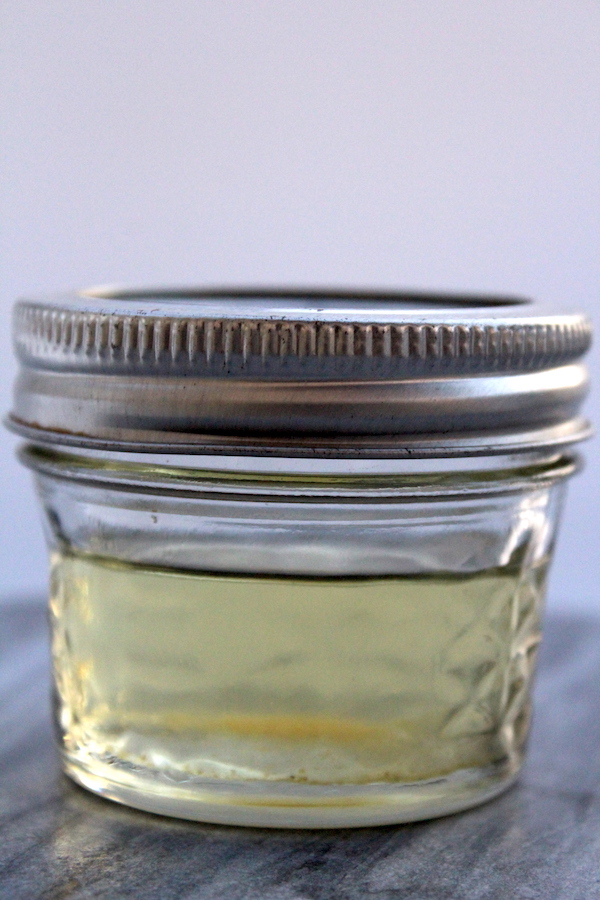
How to Use Squirrel Fat
Once I recovered the squirrel fat from my little one, I went to work turning it into cookies. The fat is very neutral, and perfect for baking.
While it’s not a “solid” fat, there are plenty of cookies that use sunflower oil in place of butter. While those are hoping to make the cookies vegan, these are obviously less vegan-friendly.
I wanted the cookies to be completely “wild foraged” or with ingredients that could have been foraged from our land. I ended up making a batch of cookies from hazelnut flour, quail eggs, maple syrup and a bit of squirrel fat. I plopped a whole hazelnut on top for decoration.
Now tell me these aren’t the prettiest squirrel fat cookies you’ve ever seen?
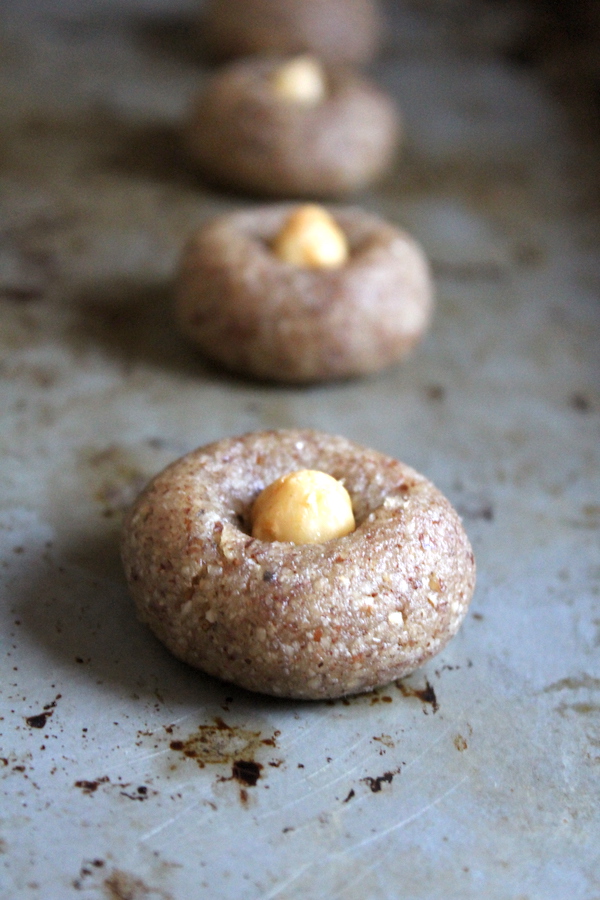
These first hazelnut cookies were a huge hit, and I actually had to break up a fight between my little ones as they devoured them. My super tiny test recipe included 1/4 cup hazelnut flour, 1 quail egg, 1/2 Tbsp maple, and 1/2 Tbsp squirrel fat.
Bake at 350 for 15 minutes.
I’m continuing to experiment with baking with squirrel fat, and I’ve already had some less than great batches. Pine bark flour squirrel fat cookies? Technically edible, but I’d rather eat crickets (or cook up some mice…).
My kids loved them though, but that’s another story…
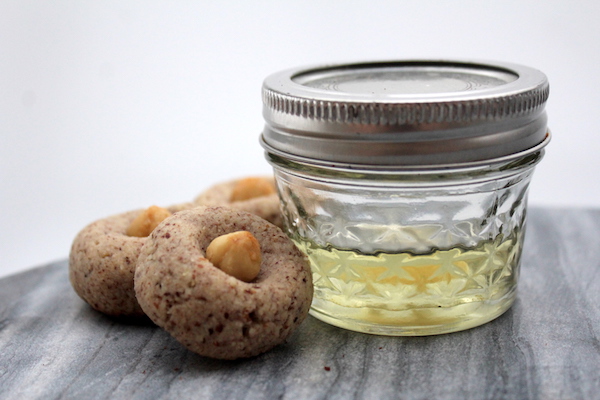
Of course, you could always use the squirrel oil in a savory direction too.
Try a squirrel confit, or buttermilk fried squirrel fried in its own fat. Though, given the low melting point, I would worry that it also has a relatively low smoke point as well.
What should I try next? Leave me a note in the comments.
More Squirrel Related Posts
- How to Clean and Gut a Squirrel in Under a Minute
- Traditional Brunswick Stew (Squirrel Stew)
- Best (and Worst) Squirrel Traps
More Wild Game Recipes
- How to Cook a Deer Heart
- Pemmican Lollypops with Deer Heart
- How to Clean a Groundhog
- Buttermilk Fried Groundhog
More Fun Kitchen Experiments
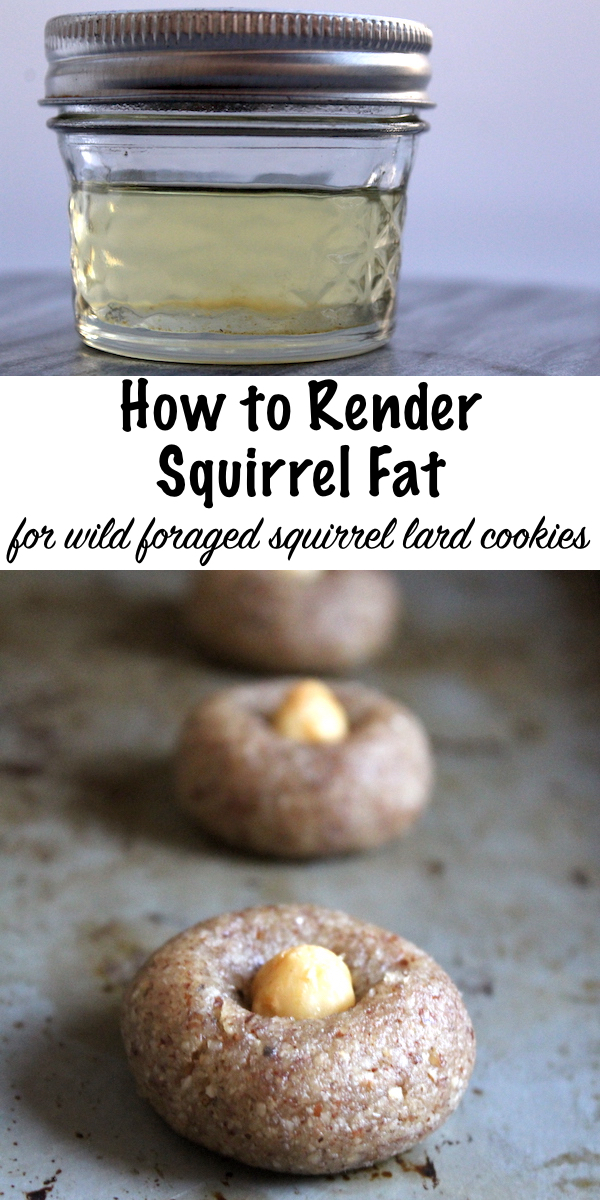
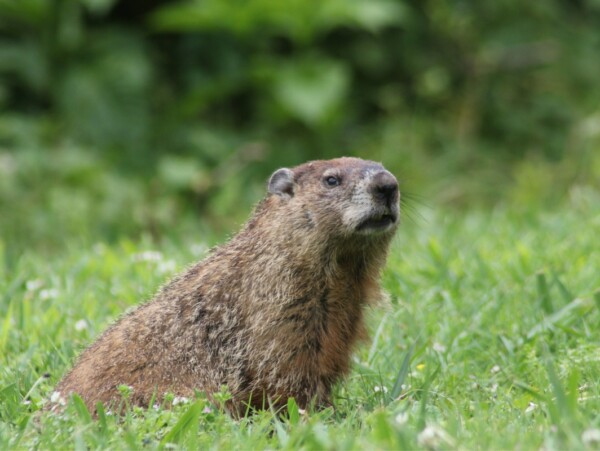
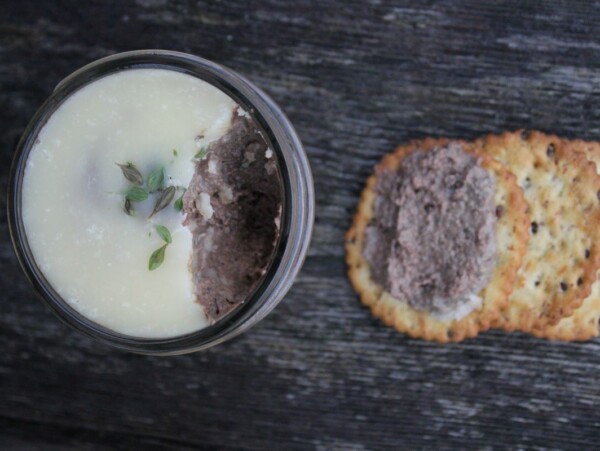
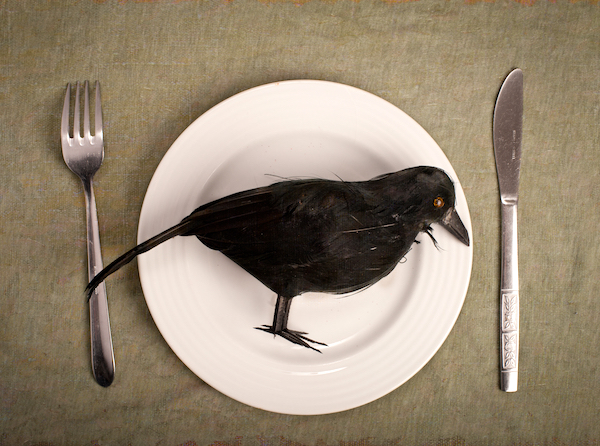
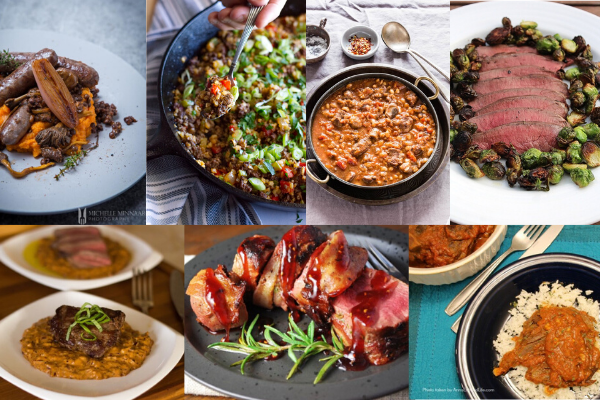
I found your site from Pinterest in regards to uses for wood ash. I am enjoying reading some of the articles. We live in VA and as I am getting closer to retirement have become much more interested in a self sufficient lifestyle. We have a small farm property and river house which I have been using to learn as much as possible. So far your articles have been fun and a good source of education. I dressed out my first 4 squirrels this past fall. I find using a trap is much easier although not as much fun as going out with a .22. With the trap I would get a squirrel a day with no effort though.
That’s great! I am so glad you are enjoying the articles. I love your idea of using a trap. What kind of trap are you using?
Hi,
I like your article. Actually, I have rendered the squirrel tallow by myself and then was looking for some article. It was surprise for me that it is oil and it is not going to solidify. Anyway, thanks for article.
You’re welcome.
Neither in your video or in Kevin’s (the link that shows at the end of yours for the tail pull method), do I see any fat as in.the picture also in this article. Were the two videos using early season animals?
Also, do you do anything with the pelts?
Thanks!
Very interesting. Wow! I’m blown away!
I make a lot of soap, but I’ve never tried squirrel fat, rather than lard. That might be a thing to experiment with?
Where would I be able to find quail eggs? Thanks
There’s a local quail farm that raises them, and they sell them at our food coop. Many specialty stores carry them just for novelty, and a lot of backyard farmers raise them. They’re available online here: https://www.dartagnan.com/quail-eggs/product/FQUMA009-1.html
I wanted the cookies to be made with all wild foraged ingredients OR things that could have been wild foraged. I didn’t actually go to the point of raiding a wild birds nest, I’ve gotta draw the line somewhere. There are plenty of wild birds nests on our land, even ducks that nest on our pond each year, so they are an available option in season.
lol. Where do you come up with these ideas? Love how you think outside of the box.
Your blog is fantastically unique and one of my favorite sources for ideas and inspiration.
Thanks so much! This blog is for my entertainment as much as anything, so I try to test out fun things as much as possible. I have three more pretty epic posts that I’m particularly proud of coming later this week too, all along the same lines =)